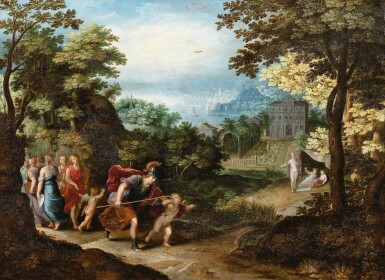Tableaux Dessins Sculptures 1300-1900, Session I
Tableaux Dessins Sculptures 1300-1900, Session I

Adriaen van Stalbemt
Apollo and Minerva leaving the Muses for Venus, Ceres and Bacchus
Auction Closed
June 15, 02:40 PM GMT
Estimate
30,000 - 50,000 EUR
Lot Details
Description
Adriaen van Stalbemt
Anvers 1580 - 1662
Apollo and Minerva leaving the Muses for Venus, Ceres and Bacchus
Bears on the reverse the copper mark Peeter Stas and the date 1606
Oil on copper
38 x 51,7 cm ; 15 by 20⅜ in.
__________________________________________________________________________
Adriaen van Stalbemt
Anvers 1580 - 1662
Apollon et Minerve quittant les Muses pour retrouver Venus, Cérès et Bacchus
Porte au dos la marque de fabricant Peeter Stas et la date 1606
Huile sur cuivre
38 x 51,7 cm ; 15 by 20⅜ in.
Painted on a large, fine panel of copper bearing the mark of Pieter Stas (fig. 1), the most important coppersmith of the period, this exquisite painting is unquestionably the work of the Flemish artist Adriaen van Stalbemt.
Mainly working in the field of landscape populated with subjects taken from the Bible or mythology, this painter and engraver was profoundly influenced by Jan Brueghel the Elder, Hendrick van Balen, Paul Bril and Adam Elsheimer, to whom a whole group of works on copper by Stalbemt were for a long time attributed.
The quality of this painting, which is in very good condition, is not far removed from these various artists, whose influence can be seen in the meticulous treatment of pictorial matter and the delicate shimmering light of the sun, as well as in the character of the painted material, almost recalling goldsmiths' work and rendered even more glittering by the precious copper panel.
The iconography is fairly unusual: the main scene shows two winged cupids pulling Apollo and Minerva away from the group of Muses, who are retreating to the left of the composition, and apparently leading the god and goddess to three deities on the right who seem to be expecting them: Venus (standing), with Ceres and Bacchus (reclining). Perhaps this is an unusual interpretation, with variations, of the famous Sine Cenere et Baccho friget Venus.
We are grateful to Dr. Klaus Ertz for endorsing the authentication of this painting by a certificate, based on photographs.
__________________________________________________________________________
Exécuté sur un grand et beau panneau de cuivre portant la marque du plus important des fabricants de cuivres de l’époque, Peeter Stas (fig. 1), ce précieux tableau revient sans nul doute au peintre flamand Adriaen van Stalbemt.
Peintre et graveur ayant principalement œuvré dans le domaine du paysage historié de sujets tirés de la Bible ou de la mythologie, ce dernier a été profondément influencé par Jan Brueghel l'Ancien, Hendrick van Balen, Paul Bril ou encore Adam Elsheimer, à qui tout un groupe d'œuvres sur cuivre de Stalbemt a longtemps été donné.
La qualité de ce tableau, resté en très bel état de conservation, n’est en effet pas éloignée des productions de ces différents artistes, dont l’influence se retrouve aussi bien par la finesse dans le traitement de la matière picturale, par la délicatesse de la lumière vibrante du soleil, que par le caractère presque orfévré de la matière, rendue plus brillante encore par le précieux panneau de cuivre.
L’iconographie en est assez rare : la scène principale montre deux amours ailés détournant Apollon et Minerve du groupe des Muses, qui s’échappe par la gauche de la composition, pour apparemment conduire les deux divinités auprès de trois autres des leurs – Vénus debout, Cérès et Bacchus allongés –, qui semblent les attendre sur la droite. Il faut peut-être y voir une interprétation singulière, et avec variantes, du célèbre Sine Cenere et Baccho friget Venus...
Nous remercions Dr. Klaus Ertz d'avoir confirmé l'authenticité de cette œuvre à Adriaen van Stalbemt par un certificat, sur la base d’une photographie.
